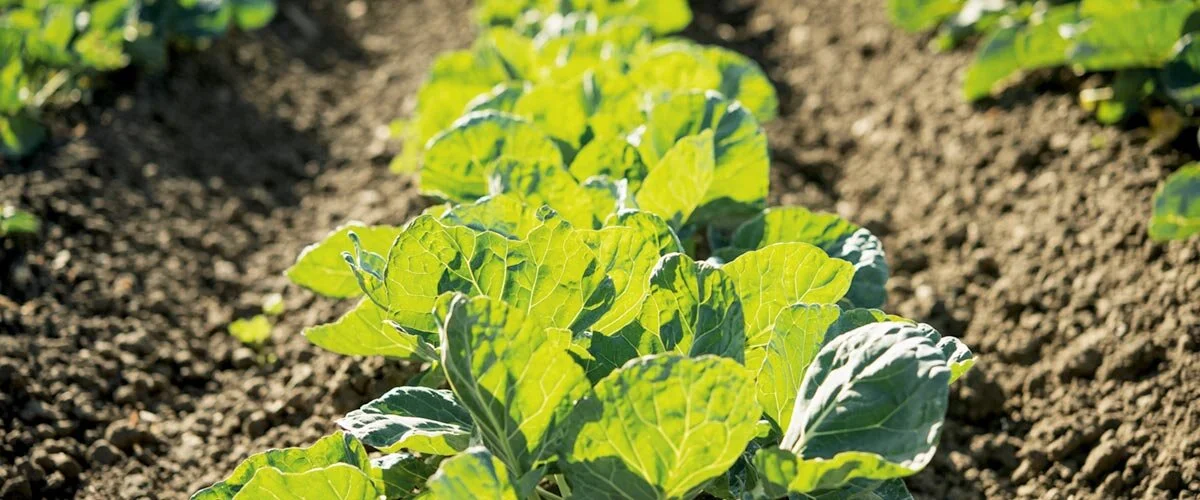Sustainability is everywhere. Or let me rephrase that. The word sustainability is everywhere. Scrawled across corporate posters in Starbucks and etched into labels in nearly every aisle of the grocery store, this single word has taken on a life of its own thanks mostly to marketers and a handful of tried and true brands who were walking the walk before it was cool.
Read MoreAll proteins are not created equal at all—no! Even meat proteins vary from animal to animal. Beef has more fat and iron while chicken, for example, tends to be a leaner source of proteins. Fish is again high fat and high protein but has different types of fats than red meat—often considered the good fats, but I’m not sure I agree with that sentiment entirely. Whey protein comes from cow milk, and plant proteins….well those come from plants.
Read MoreFor farmers, it’s been a tough couple of years in an already-tough industry. But none of that compares to the challenges that lay before us: in retaliation for tariffs from the U.S., China will no longer buy our ag exports. To put it in context, China was the fourth-largest buyer of our agricultural goods.
Read MoreSo, let’s talk about oxygen. Oxygen is an unstable gas and our body takes advantage of that instability to produce energy. Part of the process of energy production involves disrupting electrons and spinning them through the little batteries in our cells called the mitochondria. Most of these reactions are very well controlled but sometimes some of the electrons escape. This is when the trouble begins.
Read MoreSaturated fats have definitely gotten a bad name over the years. Saturated fats, when digested, generally go through a double loop around the body because fats find it difficult to dissolve in our blood which is a water-based environment and most people recognise fats and water don’t mix very well. So fats are transported via our lymphatic systems which is a little bit like the back roads if our arteries and veins are the freeways.
Read MoreWhatever we grow at Spinaca, my MO is to use the whole plant for multiple applications per our Root-to-Shoot philosophy. Hemp is slightly different, though. With hemp, seeds are bred for their end result, meaning some seeds support fiber production while another might support oil production. Yes, some seeds are hybrids, but they produce mediocre yields of both fiber and oil, so we’ll separate plantings to maximize yields independently. That being said, we’ll still be able to utilize every part of what each plant grows.
Read MoreThe concept of restricting the intake of key macro or micronutrients (unless for medical reasons) does not sit well with me and in my mind can’t ever be particularly healthy because it means our bodies will missing key components that we need to help provide us with energy, make things and generally function as, you know, humans.
Read MoreAs I described in my last post, until very recently, the federal government considered industrial hemp a Schedule I controlled substance. But when Congress finalized the 2018 Farm Bill last December, all of that changed; the new bill de-scheduled hemp as a controlled substance and allows it to cross state lines for commercial purposes.
Read MoreAt the end of 2018, Congress passed a Farm Bill that differs from its predecessors in one remarkable way: it removes hemp from the Controlled Substances Act (CSA) and includes it as a viable crop “for agronomic rotational purposes and for use as a habitat for honey bees and other pollinators.” Furthermore, it opens the door for funding research studying the uses of industrial hemp as well as “emerging commercial products derived from hemp.”
Read MoreTo anyone outside the fresh produce supply chain, the recent romaine lettuce E. coli scare may have felt like a routine outbreak. But anyone on the inside knows: this one was different.*
Read MoreGod said, ‘I need somebody willing to get up before dawn, milk cows, work all day in the fields, milk cows again, eat supper and then go to town and stay past midnight at a meeting of the school board.’ So God made a farmer.
-Paul Harvey, 1978
Read MoreIt’s no secret that agriculture is experiencing a critical labor shortage, but what many people don’t realize is how far its impact ripples out. According to a 2017 report from the California Farm Bureau Federation, 55 percent of responding farmers had experienced employee shortages despite ramped-up recruiting, increased pay and other incentives.
Read MoreLast month, the journal Pediatrics came out with a study of how common, FDA-approved food additives threaten children’s health. The results were grim, underscoring the fact that the United States is woefully behind much of the world in regulating toxic ingredients like phthalates, artificial colors, and preservatives like nitrates and nitrites…and how the development of our children’s endocrine, nervous, and reproductive systems are at stake.
Read MoreAs I mentioned in my last post, as a vegetable farmer, I’m always on a mission to get more produce and diversity into my kids’ diets. I credit my own mom with influencing my approach on this, as she always said “A little of everything, not a lot of one thing.” I’ve never forgotten that and take it to heart as a parent.
Read MoreHave you ever seen a typical organic broccoli field after harvest? I have, many times, and it’s not a pretty sight.
Read More

















